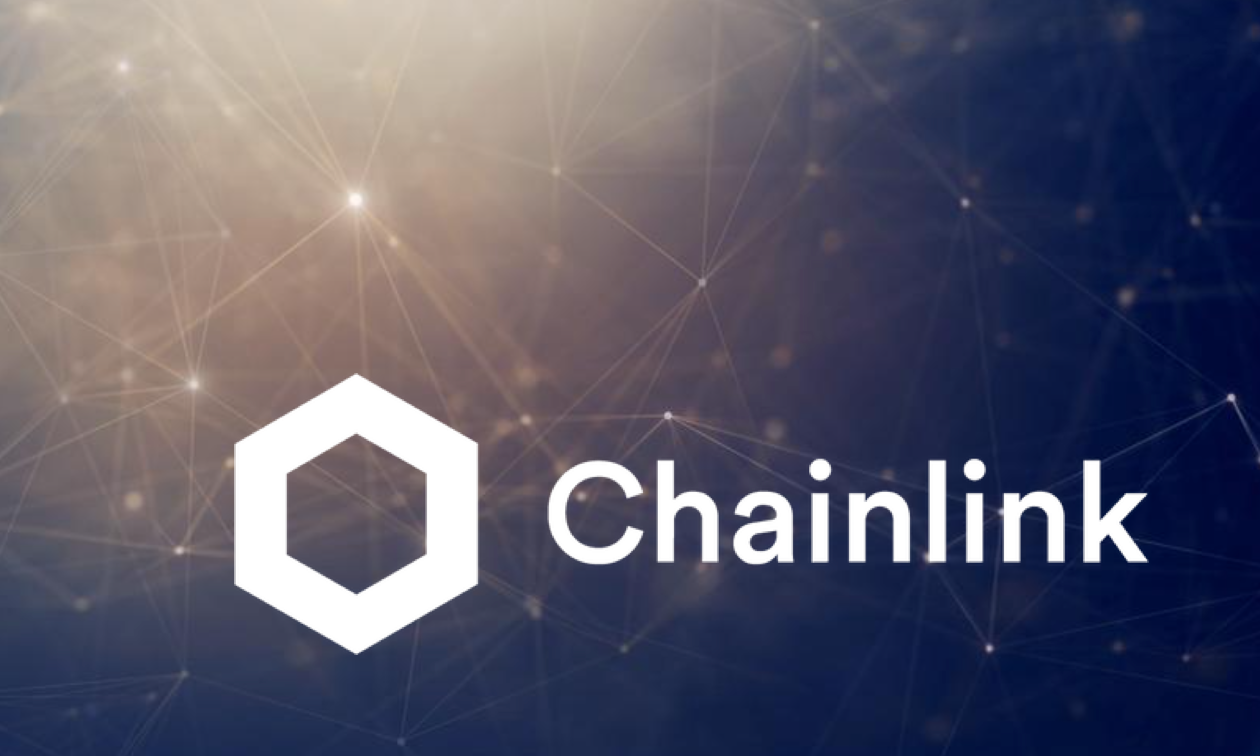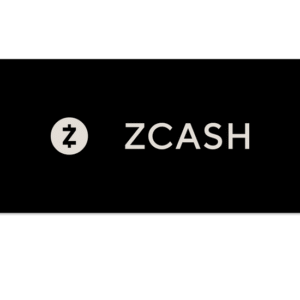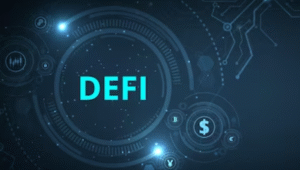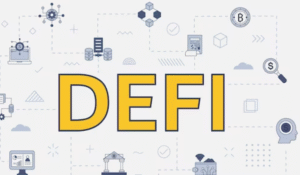$LINK $JPM #Chainlink #Blockchain #Finance #Crypto #TradFi #DeFi #Investing #Web3 #Innovation #DigitalAssets #SmartContracts
Will Chainlink Transform Traditional Finance with Blockchain? Learn How
In the latest chainlink news, the decentralized oracle network has successfully secured an impressive $103 billion across more than 2,500 projects. This remarkable feat has been achieved through strategic partnerships with major players in the financial industry, including Swift, DTCC, and JPMorgan. As the traditional finance (TradFi) sector grapples with the increasing demand for blockchain integration, Chainlink’s capabilities could be pivotal in bridging the gap between these two worlds.
The Role of Chainlink in Financial Transformation
Chainlink acts as a middleware, providing reliable and tamper-proof data feeds essential for smart contracts to function effectively. By enabling secure data exchange between on-chain and off-chain systems, Chainlink is uniquely positioned to facilitate the adoption of blockchain solutions in traditional finance. Its technology addresses a critical issue—trust in data integrity—which has historically hindered the widespread acceptance of blockchain in the financial sector.
Moreover, the network’s partnerships with established financial institutions lend significant credibility to its offerings. Institutions like JPMorgan are not merely observers; they are actively seeking to integrate blockchain technology into their operations. This shift signifies a transformative moment for traditional finance, where the efficiency and transparency of blockchain can redefine existing processes.
Chainlink’s Impact on Financial Services
As the financial landscape evolves, Chainlink can introduce innovative solutions that streamline operations, enhance security, and reduce costs. For instance, in areas such as cross-border payments, the ability to access real-time data ensures that transactions can be executed with minimal friction. By leveraging Chainlink’s oracles, financial institutions can mitigate risks associated with price volatility and regulatory compliance.
Furthermore, Chainlink’s technology supports decentralized finance (DeFi) applications that can coexist alongside traditional finance. This duality enriches the financial ecosystem, allowing users to benefit from both worlds. For example, a user could utilize a DeFi lending platform that integrates Chainlink’s oracles for accurate pricing, while simultaneously accessing traditional banking services.
Future Prospects for Chainlink and TradFi
Looking ahead, the integration of Chainlink’s technology into traditional finance appears promising. As more financial institutions recognize the advantages of blockchain, the demand for reliable oracle solutions will likely surge. This trend aligns with a broader movement towards digital transformation across all sectors, driven by the need for greater efficiency and transparency.
To stay updated on the latest developments in the crypto space, consider exploring additional relevant content. Keeping an eye on innovations from Chainlink could provide valuable insights for investors and institutions looking to navigate this evolving landscape.
In conclusion, Chainlink’s ability to secure $103 billion across numerous projects serves as a testament to its potential impact on the traditional finance sector. As financial institutions increasingly turn to blockchain solutions, Chainlink’s role as a trusted data provider will undoubtedly be crucial in shaping the future of finance. For those interested in diving deeper into the world of cryptocurrency and decentralized finance, getting involved with platforms like Binance could be a valuable step.











Comments are closed.